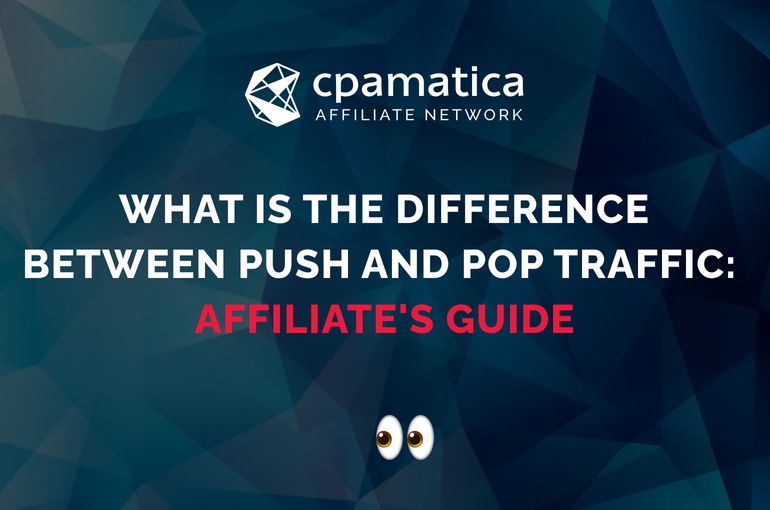How To Use Chatgpt & AI To Optimize Your Campaigns
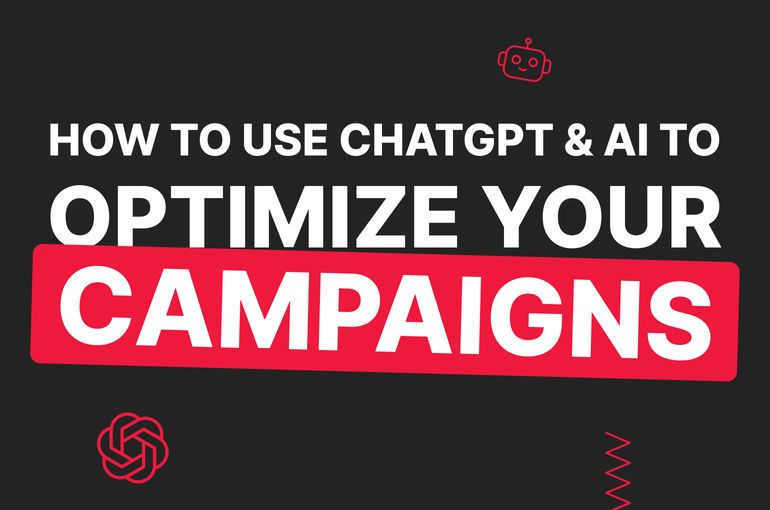
You’re about to read a human text. However, we used AI assistance, specifically ChatGPT, in the process—more on this below. Our approach allowed us to create perfect ChatGPT ads by using AI to help with grammar, create content, and more.
And as we discuss using ChatGPT for advertising, here’s our first piece of friendly advice: NEVER depend entirely on GPT for writing texts or coming up with anything. It isn’t a writer or a marketer, nor does it have real intelligence. GPT is an assistant, and it’s better to treat it as such.
So, let's leave behind the surface-level tips about AI use. Today, we will show you how you can really cut down on routine tasks with AI!
But let’s start with the basics.
- ChatGPT and its Competitors — Comparing AI Large Language Models
- GPT 3.5
- Fine-Tuned GPT 3.5
- GPT 4
- Microsoft Copilot
- What about Gemini/Bard?
- Setting Up Your Campaigns with AI
- Using ChatGPT for Content Creation
- AI Illustration with DALL-E
- Summarizing and Researching with GPT
- Reworking Big Data
- Enhancing Customer Interaction with ChatGPT
- Ethical Considerations and Best Practices
- Building Trust with Your Audience
- Other Ways To Use ChatGPT & Other AI In Your PPC Marketing Campaigns
- Conclusion
ChatGPT and its Competitors — Comparing AI Large Language Models
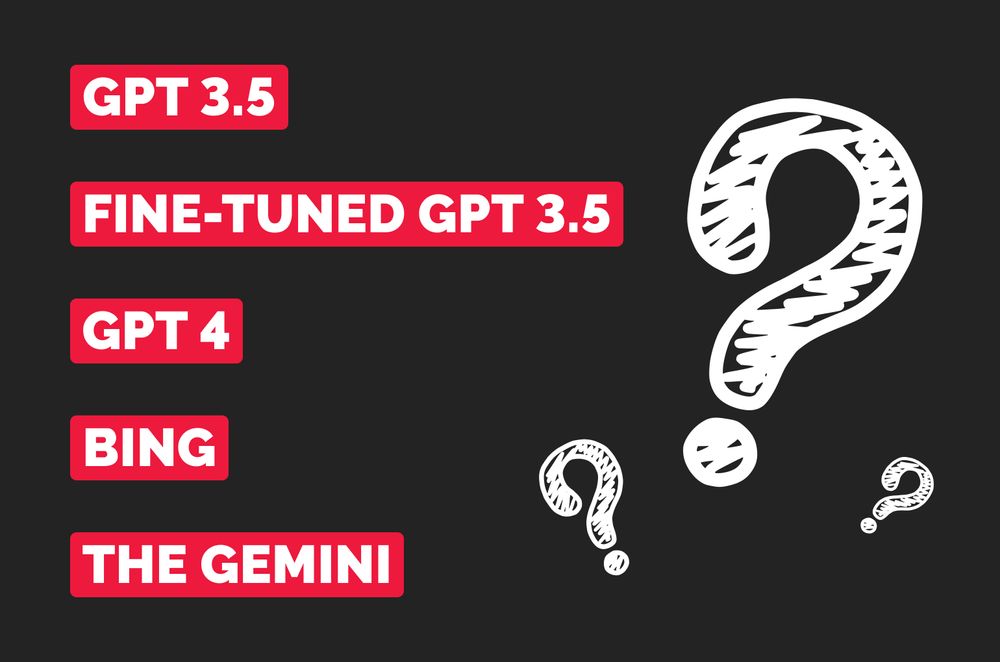
First and foremost, ChatGPT is simply a chatbot built on the GPT LLM platform. As a language prediction model, it’s more similar to text prediction when you type something on your phone. So, let’s cover each LLM.
GPT 3.5
ChatGPT 3.5 is free to use, making it a very accessible yet powerful tool for marketers. Ideal for those wanting to use AI for optimization! However, using it effectively requires a qualified practitioner with prior experience in AI use. See, 3.5 lacks extensive memory, and its data is not up to date, so you can often receive the wrong info. But it can still help you out in various ways:
- Analyzing small texts.
- Correcting grammar.
- Paraphrasing something.
- Retrieving facts from 2008 to 2018 (but be careful with data from other years).
Fine-Tuned GPT 3.5
Think of fine-tuned GPTs, made by users, as a mysterious part of AI with its own complicated rules. These versions are really effective for specific tasks like creating a campaign copy, doing market research, or using ChatGPT for PPC strategies, all adjusted for specific needs. Each fine-tuned model is like a custom tool, being much better than regular models at understanding its specific audience, product, or market.
But, these models can be unpredictable. Sometimes, they're exactly right, giving powerful insights or making perfect content that nails the chosen persona for your target buyer. Other times, they might give results that are way off base or simply unusable. Basically, the people who make and adjust these GPT models are the only ones who really know what they can and can't do.
Fine-tuned GPTs can do better than newer GPT-4 models, but the lack of understanding of how they work may turn out to be a challenge in itself. So, the best way to use a fine-tuned GPT 3.5 is by adjusting it yourself.
GPT 4
GPT-4 is the paid and upgraded version of GPT-3.5, offering more intelligence, precision, and additional features. If you found GPT-3.5 useful for creating content, planning campaign strategies, or customer engagement, GPT-4 does all that and more. It provides deeper understanding, better contextual responses, and more precise customization. It's designed to help you generate content that can connect better, optimize your marketing strategies, and suit your audience.
Here are some of the additional features that GPT-4 offers that are included in the subscription price.
Module | Functionality | Benefits |
|---|---|---|
DALL-E | Generates images from textual descriptions. | Enhances creative campaigns & enriches content. |
Browser | Accesses real-time, updated web information. | Provides the latest data & supports dynamic research needs. |
Code | Advanced code interpretation and generation. | Streamlines development tasks & automates more coding. |
Each module is designed to be a powerful tool in its own right, bringing generative capabilities that save effort and deliver specific, effective results tailored to your needs.
So later in the article, we'll explain exactly how to use artificial intelligence, particularly GPT-4, for affiliate marketing in the dating niche, with all our advice based on this advanced model.
Microsoft Copilot
Lastly, Copilot AI found on Bing is somewhere between GPT-3.5 and GPT-4. It’s obviously based on GPT-4 technology, yet it’s free. However, it has some limits of its own. While it can do similar things to DALL-E and the web browsing add-on, it doesn’t handle large texts as well as GPT-4 does. Bing’s AI is good for tough tasks, but if you need more, you might want to consider getting a GPT-4 subscription… but that's just my honest opinion!
What about Gemini/Bard?
Gemini/Bard AI is an LLM from Google with a lot of potential. But, as of when this was written, it’s not very useful compared to other AI tools. To be frank, It’s currently not very effective for practical applications.
Setting Up Your Campaigns with AI
So, the most effective ways to use ChatGPT in your campaigns are below:
- Content editing (not creation).
- Creating images with AI.
- Summarizing info.
- Processing big data.
- Creating chatbots (but only with specialized models).
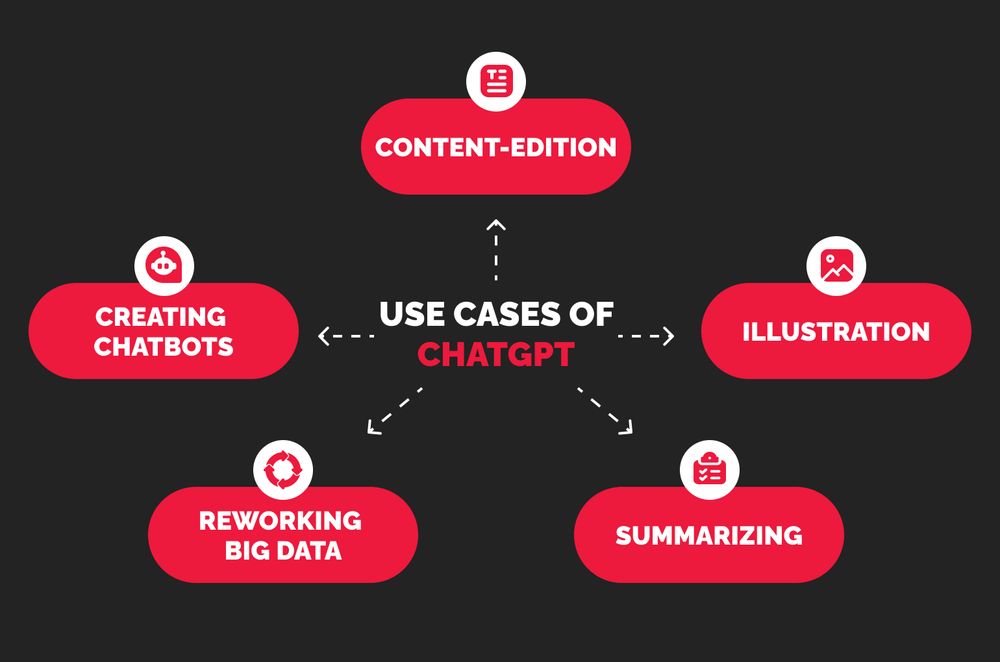
Let’s break down each of these uses.
Using ChatGPT for Content Creation
The most widely shared attitude towards ChatGPT is that it’s great for making new content. But that’s a very surface-level observation. If you're not an expert AI practitioner, trying to create content from scratch with GPT’s assistance can lead to mediocre results.
Typically, such content will be unclear and filled with unnecessary filler words. And you won’t receive the necessary depth and precision. For example, a poorly made text might say something like: "Subject X is interesting. There are many ways to approach problems in Subject X, and each one is different." This is what happens when AI isn’t used correctly.
But try using specific prompts like "Correct the grammar but retain the same style" or "Rewrite in a minimalistic style similar to Hemingway." They can significantly improve your content—which is important for good SEO.
Here’s a more effective way to use ChatGPT:
- Come up with a topic for an article yourself.
- Gather related articles and “feed” them to ChatGPT.
- Outline the main points and write a brief summary for each.
- Ask ChatGPT to improve these points using the information you provided.
As a result, instead of the "various things are varied" filler, you'll get structured, unique, grammatically correct text in much less time than you would need to type one. Of course, this approach requires much more time than a regular "Write me something about" prompt, but this way is much more worthwhile than others.
This method works well for all types of content. One of my favorite uses is to create Instagram posts from articles I've written. I load the article into ChatGPT, ask it to create a post with the main idea, and choose whether it should be informal or formal. This approach also works for email campaigns and other marketing materials.
But keep two things in mind.
- Always specify that the result should be in simple English.
- The fewer texts you provide for analysis, the better the result.
And about "Simple English"—this approach helps remove most filler words from the end result. Even if you might not notice them, experienced AI users can often tell when text is AI-generated by spotting these filler words.
AI Illustration with DALL-E
DALL-E, part of the ChatGPT family, is the best tool for getting AI drawings online. It can do a lot, being capable of generating complex images and showing your ideas in pictures.
It takes some practice, but you can design scenarios in GPT 3.5 and then copy these ideas for DALL-E to illustrate them. It can even summarize a 5-page article and turn its main points into a single image! So, instead of looking for the perfect photo for your affiliate marketing needs, you can simply generate it.
Summarizing and Researching with GPT
GPT, especially the newer GPT-4, is great at simplifying text. You can quickly summarize complicated ideas from YouTube videos by uploading the subtitles to your chat session and asking GPT for a summary or details. This saves a lot of time analyzing.
Using GPT for campaign optimization lets you adjust your strategy as market conditions change. It can analyze your current campaign data and suggest improvements to make your ads better and more cost-effective.
For example, GPT can help adjust keywords, target ads more accurately, and advise on smarter ad bidding strategies, all based on the latest data. Quick adjustments save money and increase the effectiveness of your campaigns.
Here’s what I mean in a more understandable format.
Feature | Benefit |
|---|---|
Adjusting campaigns quickly | Makes campaigns better as the market changes. |
Tailoring ads to audiences | Send the right messages to the right people. |
Managing ad bids effectively | Saves money by bidding smarter. |
Getting instant feedback | Helps you change strategies fast to improve results. |
By using GPT, you can use the newest data to make smart decisions fast. This helps you get the most out of your advertising efforts and budget.
Reworking Big Data
ChatGPT is great at handling large amounts of data. With the code reviewer plug-in, it can sort through and organize big data, pinpointing important details like numbers, names, and contacts. A perfect example is using it to extract text from web pages that block copying. You can open the page's HTML code with the F12 key, copy that code into GPT, and get all the info you need. And this is just one of the examples how useful GPT can be as a tool for organizing and understanding large datasets!
Enhancing Customer Interaction with ChatGPT
When fine-tuning ChatGPT by sharing our own experiences, we can greatly reduce costs in support operations. Here’s how: load all necessary terms and conditions into the model, work with an experienced AI operator to fine-tune the details, and run a few tests. Within just 2-3 days, you could have a skilled, cost-effective support chatbot that outperforms other bots and possibly even human operators in terms of quality. The effectiveness of the chat support bot depends greatly on the amount of information loaded into it and the time spent on fine-tuning.
Ethical Considerations and Best Practices
There's a lot of concern about AI potentially stealing data, ruining businesses, and other negative impacts. Here’s the deal: when working with publicly available AI tools like ChatGPT or Copilot, there are strict rules against doing anything unethical. If you’re skeptical, try asking DALL-E to draw a famous person or any NSFW content. See? It won’t comply.
These rules apply to all functions like parsing, analyzing, summarizing, and responding within the LLM infrastructure. Sure, an experienced AI operator might find ways around some restrictions. But if you're that skilled, you probably don’t need this guide—you already understand the ins and outs of GPTs.
Building Trust with Your Audience
What about building trust with your audience? It's simple. Don't rely on GPT to create content from scratch. Revise it, remove the filler parts, and thoroughly edit the text after generating it. Even if you think the generated result is similar to human-generated text, you might be wrong. There’s always something that makes you tell such texts apart!
Other Ways To Use ChatGPT & Other AI In Your PPC Marketing Campaigns
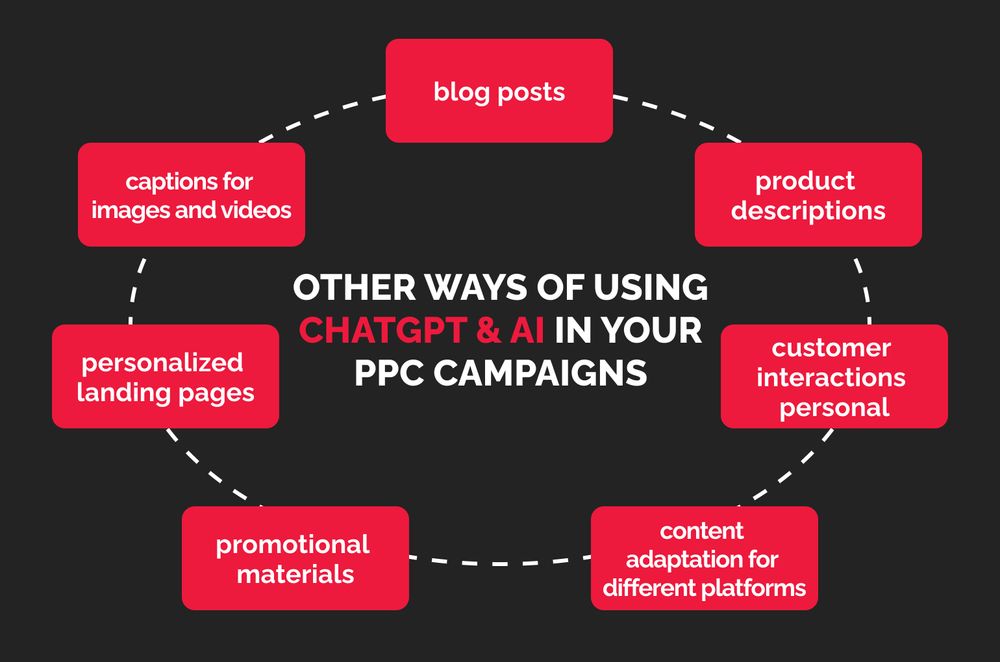
ChatGPT and other AI tools can revolutionize your marketing campaigns by automating and enhancing a range of tasks, from content creation to customer interaction, providing a more efficient and impactful way to engage and convert your target audience.
Want to get more specific? Here are 40 ways to use the LLM models in marketing!
Write engaging blog posts | Create strong email marketing copy | Make social media posts | Make personalized ads |
|---|---|---|---|
Write product descriptions | Create SEO-friendly content | Make creative video scripts | Automate customer support with chatbots |
Make customer interactions personal | Think of new content ideas | Analyze customer feelings | Study customer feedback |
Make content right for different platforms | Help with finding keywords | Collect content | Write press releases |
Make promotional materials | Make reports and presentations | Give quick data insights | Predict market trends |
Make websites nicer for users | Make personalized emails | Manage social media responses | Do detailed market research |
Do marketing tasks faster | Make brand stronger | Help in crises, with creating management advices | Make FAQs for websites |
Make chat prompts for engagement | Write news articles | Write how-to guides | Plan PPC campaigns |
Make personalized landing pages | Translate content for international markets | Summarize long content quickly | Make custom newsletters |
Make captions for images and videos | Collect feedback automatically | Make survey questions | Place products better on web pages at their proper placement |
Conclusion
ChatGPT offers a toolbox for refining your affiliate marketing strategies efficiently. By leveraging AI, such as GPT-4 and DALL-E, you can enhance content creation, optimize campaigns, and generate visually compelling materials. These tools allow you to analyze data quickly, personalize content effectively, and automate responses, saving time and budget. Whether it’s crafting targeted messages or optimizing PPC bids, AI tools deliver precise enhancements to your marketing efforts. Use them to connect better with your audience, streamline operations, and drive successful outcomes.
Recommended Articles
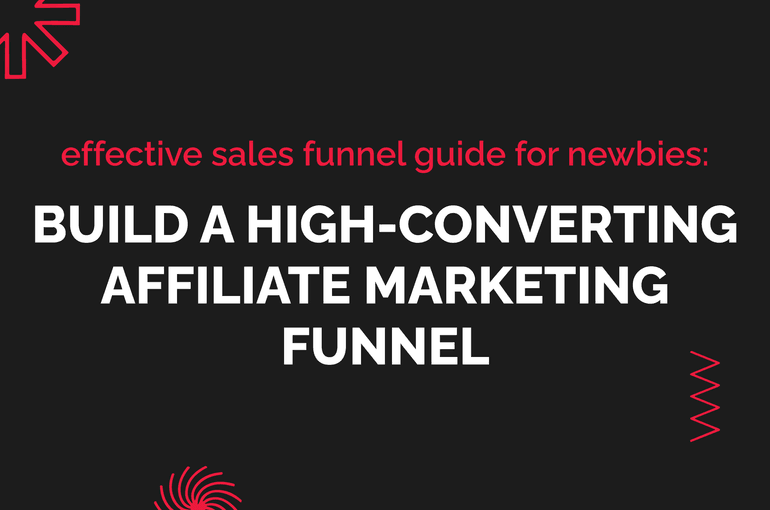
Effective Sales Funnel Guide for Newbies: Build A High-Converting Affiliate Marketing Funnel!
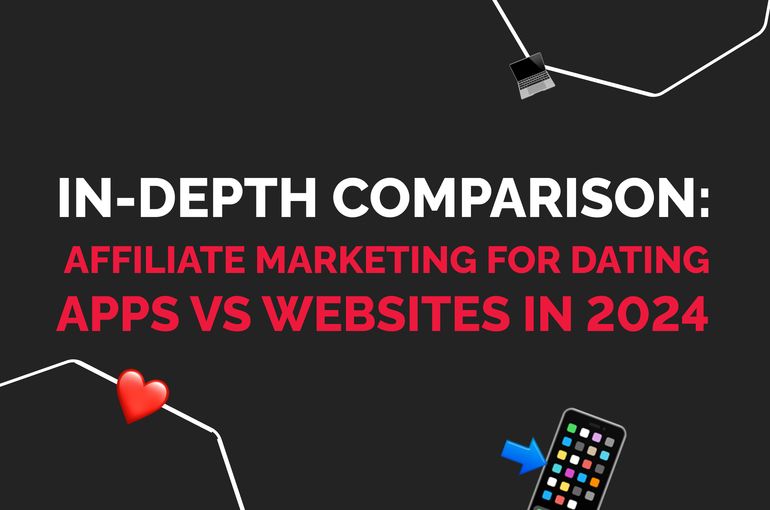
Affiliate Marketing for Dating Apps vs. Websites: What’s The Difference?
